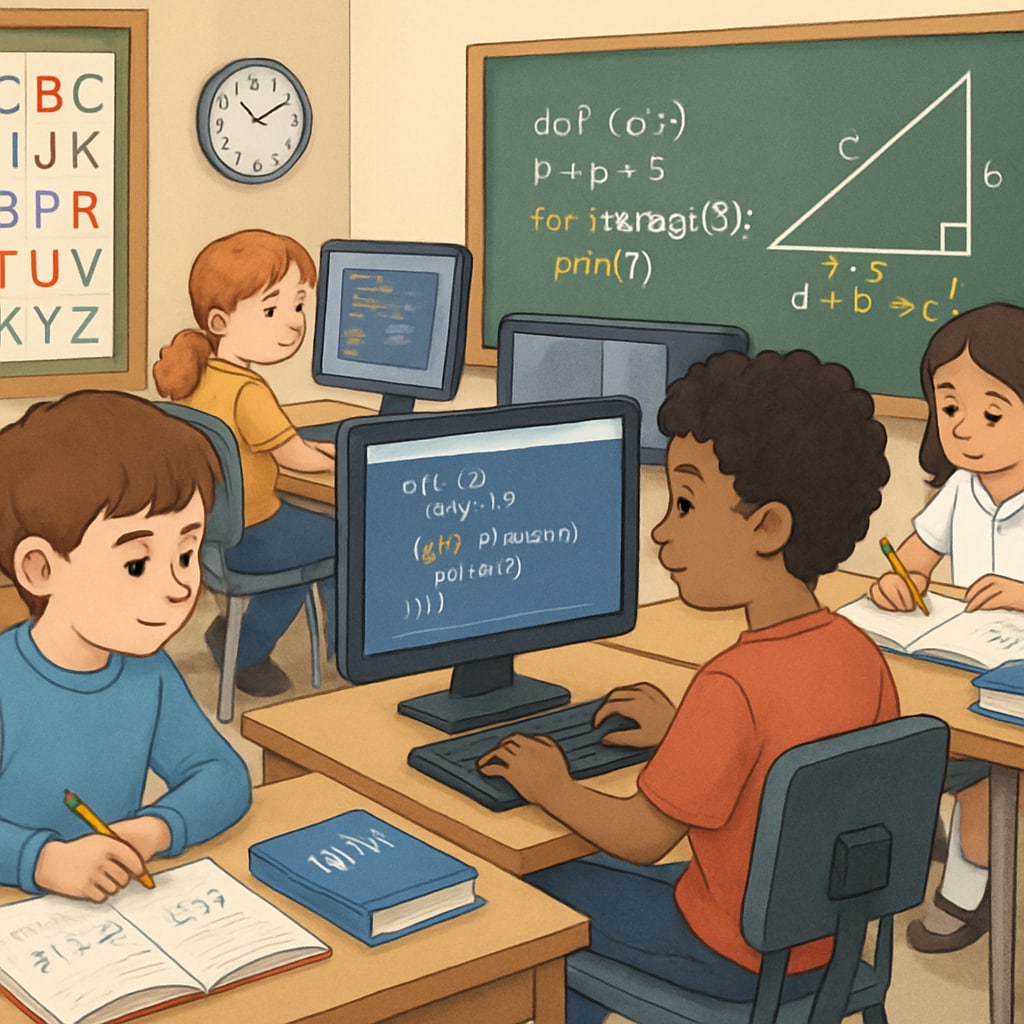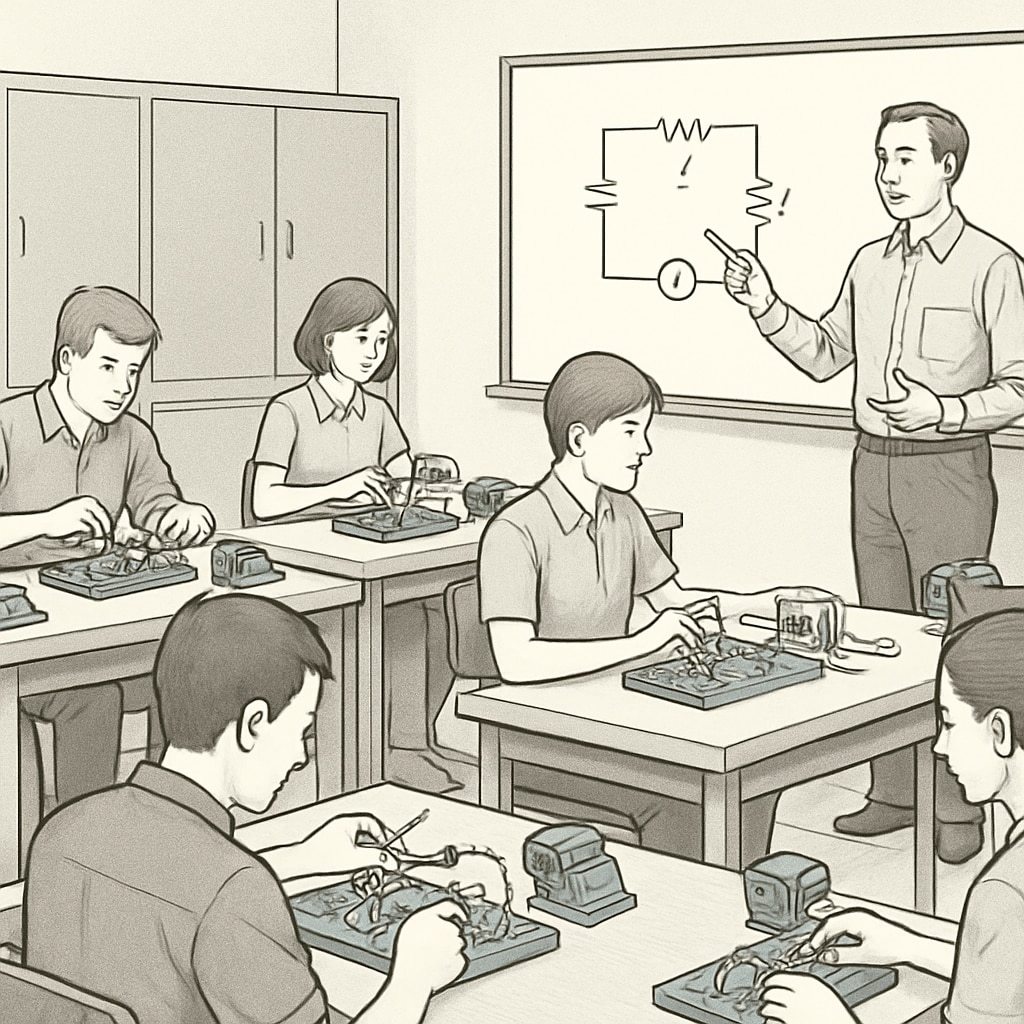The modern education landscape is evolving rapidly, presenting schools with the dual challenge of integrating vocational education, academic balance, and structured learning. While traditional academic disciplines remain essential for intellectual growth, vocational education offers practical skills crucial for career readiness. Balancing these two elements can help educators cultivate well-rounded individuals equipped for both academic and professional success.
The Complementary Relationship Between Vocational and Traditional Education
Vocational education, often referred to as career and technical education (CTE), focuses on practical skills that prepare students for specific industries, such as healthcare, IT, or manufacturing. On the other hand, traditional academics emphasize theoretical knowledge in core subjects like mathematics, science, and literature. Together, these two approaches form a symbiotic relationship that meets diverse student needs and aligns with the demands of a rapidly changing workforce.
For example, integrating technical skills with problem-solving abilities from mathematics or critical thinking from language arts creates students who are not only job-ready but also adaptable. According to Wikipedia, vocational education is increasingly recognized as a key component of holistic development, complementing academic learning rather than competing with it.

Implementation Models Across Different School Districts
Several school districts have successfully implemented blended education models. For instance, some have introduced dual-enrollment programs allowing students to earn academic credits while gaining hands-on vocational training. Others have adopted interdisciplinary project-based learning, where students work on real-world problems that require both technical expertise and academic insight.
In addition, partnerships with local industries have proven effective. These collaborations provide students with internships and apprenticeships while shaping the curriculum to meet workforce needs. As a result, students graduate with both academic credentials and industry certifications, giving them a competitive edge.

Building an Integrated Curriculum Framework
To achieve a balanced educational approach, schools must rethink their curriculum design. Here are three key strategies for integration:
- Interdisciplinary Courses: Blend academic subjects with vocational applications, such as teaching physics concepts through engineering projects.
- Flexible Scheduling: Allow students to alternate between academic classes and vocational training without compromising the depth of either.
- Technology Integration: Use digital tools to create simulations and virtual environments where students can apply academic knowledge to practical scenarios.
As noted by Britannica, a well-structured curriculum that combines these elements can enhance student engagement and ensure balanced development.
Conclusion: Striving for Holistic Education
Balancing vocational education and traditional academics is more than just a structural challenge; it’s an opportunity to rethink what comprehensive education looks like. By leveraging interdisciplinary approaches, flexible scheduling, and industry partnerships, schools can prepare students to thrive in both academic and professional arenas. As a result, this integrated model equips learners with the tools they need to navigate a complex and dynamic world.
Ultimately, fostering a holistic education framework isn’t just about meeting current demands; it’s about preparing students for lifelong success.
Readability guidance: Use short paragraphs and lists to summarize key points. Employ transitions like however, therefore, and for example to ensure smooth readability. Focus on active voice wherever possible.


